Bullidan Street (불리단길)
12.2Km 2025-05-28
11 Bulguksintaekji 5-gil, Gyeongju-si, Gyeongsangbuk-do
Bullidan Street, near Bulguksa Temple, once a popular destination for school and group trips, is gaining renewed attention with the opening up of various cafés, restaurants, and workshop spaces in the area. In spring, the street blooms with King Cherry Blossoms, attracting many visitors. On Saturdays, a flea market opens, offering handmade goods and souvenirs. It is the perfect place to stop by and unwind after visiting Bulguksa Temple or hiking.
Gyeongju Bulguksa Temple [UNESCO World Heritage] (경주 불국사 [유네스코 세계유산])
12.3Km 2025-03-24
385 Bulguk-ro, Gyeongju-si, Gyeongsangbuk-do
+82-54-746-9913
Bulguksa Temple is a representative relic of Buddhist culture from the Silla kingdom. The temple was built during the 15th year of King Beopheung's reign (514-540) to wish for peace and prosperity for all. It was later rebuilt in 751 by Kim Dae-seong. Unfortunately, the temple caught fire during the Imjin War (1592-1598). After the war, the temple suffered serious damage and was often the target of theft.
Starting in 1920, the temple has undergone continual restoration work. The temple now holds seven national treasures and a number of additional important heritages and was designated a World Cultural Heritage Site along with the nearby Seokguram Grotto by UNESCO in December 1995.
Bulguksa Hanok Farm Stay (불국사한옥팜스테이)
12.3Km 2024-12-13
5-52 , Jinti-gil, Gyeongju-si, Gyeongsangbuk-do
+82-10-5489-1742
Bulguksa Hanok Farm Stay is an accommodation located just below Bulguksa Temple in Gyeongju-si, Gyeongbuk-do. There are four guest rooms, each of which is equipped with a bathroom and kitchen. Ouga is a two-story ondol hanok, with the first and second floors used as guest rooms, and there is a terrace where you can cook barbecue. Bokyeonga offers two guest rooms for accommodation, both of which are ondols (underfloor heating). There is a well-kept garden and a lawn with a foot volleyball field, and guests can participate in apple picking and farm-themed activities.
Bulguksa Hanok Dongodang (불국사한옥동오당)
12.4Km 2024-07-25
5-58 Jinti-gil, Gyeongju-si, Gyeongsangbuk-do
010-2936-6350
Bulguksa Hanok Dongdodang is just a short five-minute walk from Bulguksa Temple, and is complete with a large parking area, clean & quiet surroundings, a cafe-like shared kitchen, and friendly service. The hanokstay is decorated with artwork made by the owner. The accommodation manages to offer a comfortable and private ambiance with just three rooms, each comprised of a bedroom, living area, bathroom, and small outdoor patio.
Tomb of King Wonseong (경주 원성왕릉)
13.3Km 2020-04-04
139, Singyeipsil-gil, Gyeongju-si, Gyeongsangbuk-do
+82-54-779-6100
The tomb of the King Wonseong, 38th king of the Silla Kingdom (785-798) in Oedong-eup, Wolseong-gun, Gyeongju is Historic Site No. 26. The tomb is 21.9m in diameter and 7.7m high and is encircled by a stone fence decorated with twelve oriental zodiac images. The area is also home to a number of stone monuments that stand facing each other: Hwapyoseok (marking the border of the tomb), Muninseok (civil servant statue), Muinseok (military officer image statue) and Dolsaja (a stone lion that protects the tomb). Muinseok in particular is a favorite among visitors because of its exotic appearance. The statue is sometimes compared to a strong and charismatic person of Arabic or Persian descendant, much like the merchants who came to Silla in ancient times.
Gwaereung is styled after tombs of the Tang dynasty, but still retains all the characteristics typical of Silla tombs; namely, the stones around the tomb, the 12 oriental zodiac figures, the protective walls, and the decorative stonework.
Hwarang Hill (화랑의언덕)
13.5Km 2024-11-01
601 Suui-gil, Sannae-myeon, Gyeongju-si, Gyeongsangbuk-do
◎ Travel information to meet Hallyu’s charm - "The Good Bad Mother"
A meadow where Kang-ho and neighborhood children often played, Hwarang Hill is touted as a prime spot for one of the best snapshots of lifetime on social media. Walk up to the cliff-end rock known as Meditation Rock, you'll see a quaint village and rice paddies stretching out below. The hilltop boasts expansive lawns and a tranquil reservoir, perfect for a peaceful landscape view. While walking and picnicking are allowed, camping and car camping are not.
Dori Village Ginkgo Tree Forest (도리마을은행나무숲)
13.6Km 2024-11-01
35-102 Do-ri, Seo-myeon, Gyeongju-si, Gyeongsangbuk-do
A thick forest formed by densely planted ginkgo trees. In the fall, the golden ginkgo leaves color the forest. Noted as a wedding photo shoot hotspot, it's where Kang-ho found the twins' bouncy ball. As you wander through the village, read the beautiful phrases written on the walls, and capture a perfect shot amidst the ginkgo forest.
Gyeongju Seokguram Grotto [UNESCO World Heritage] (경주 석굴암 [유네스코 세계유산])
13.8Km 2025-06-12
238 Seokgul-ro, Gyeongju-si, Gyeongsangbuk-do
+82-54-746-9933
Seokguram Grotto was constructed by Kim Dae-Seong during the reign of King Gyeongdeok (742-765) of the Silla Kingdom. Located 3 kilometers away by hiking trail and 9 kilometers by car from Bulguksa Temple, the grotto was designed very harmoniously with the seated Buddha facing the East Sea. It is a valuable cultural heritage that is preserved and registered as a UNESCO World Heritage on December 6, 1995.
The Oriental Medicine Resort: Chorakdang (한방테마파크 초락당)
14.6Km 2025-01-07
44-34, Gyemyeong-ro, Ulju-gun, Ulsan
+82-52-264-8001
Opened in 2001, Chorakdang is a health resort that specializes in Oriental medicine treatments. The resort offers the perfect setting for rest, relaxation, and medical treatments. The traditional hanok buildings and natural surroundings intensify the health benefits of the resort.
Tohamsan National Recreational Forest (토함산자연휴양림)
16.4Km 2021-04-08
1208-45, Bulguk-ro, Gyeongju-si, Gyeongsangbuk-do
+82-54-750-8700
Tohamsan National Recreational Forest, located in Gyeongju, is in close vicinity of major attractions such as Bulguksa Temple and Seokguram Grotto. Visitors can enjoy the culture as well as relaxing in a peaceful nature.
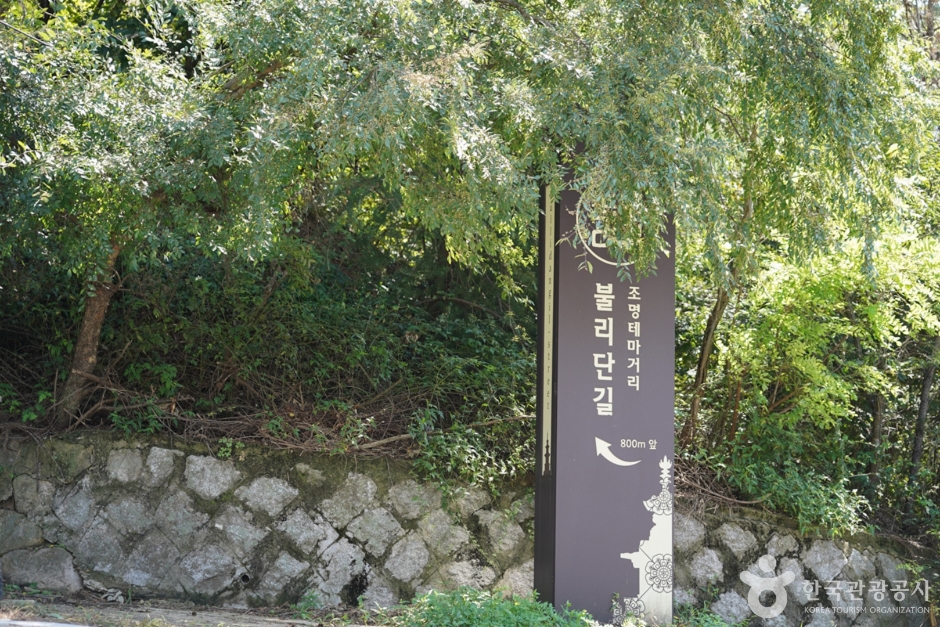
![Gyeongju Bulguksa Temple [UNESCO World Heritage] (경주 불국사 [유네스코 세계유산])](http://tong.visitkorea.or.kr/cms/resource/03/2678603_image2_1.jpg)
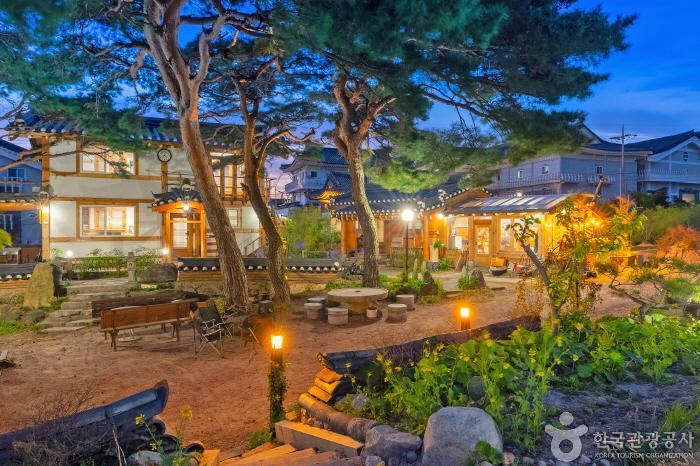

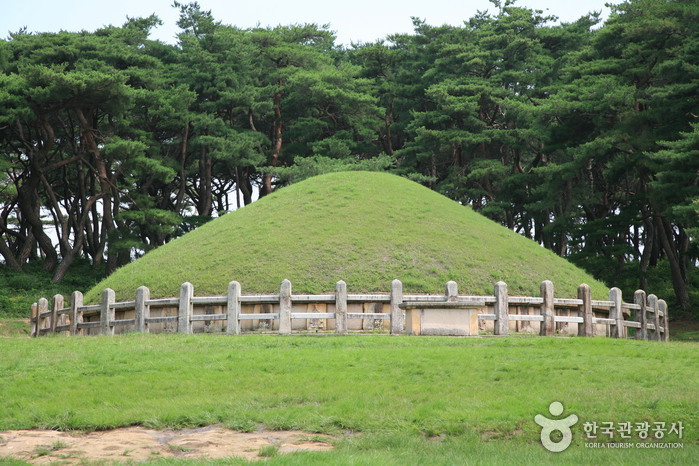

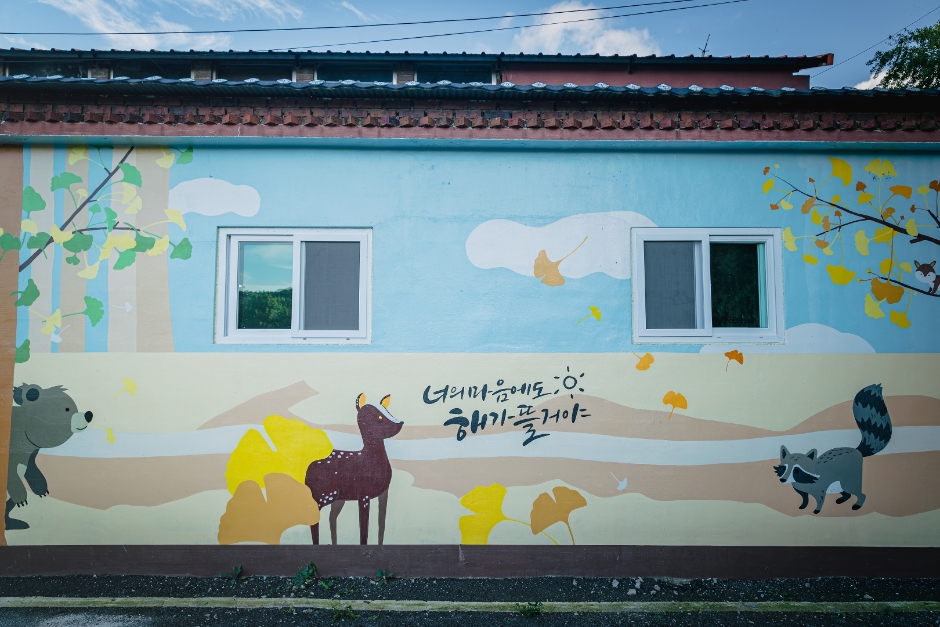
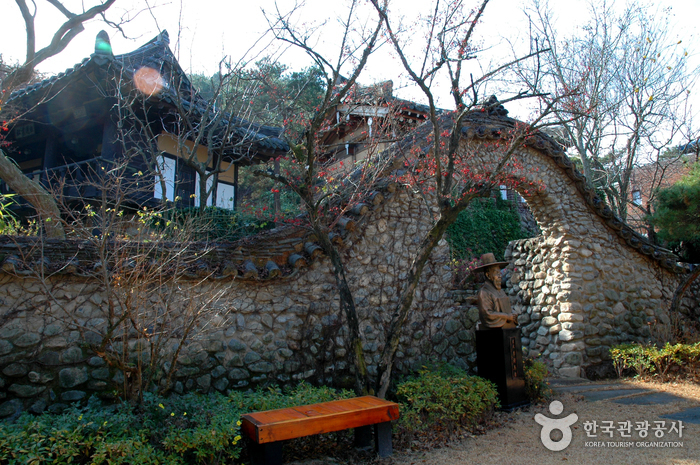
 English
English
 한국어
한국어 日本語
日本語 中文(简体)
中文(简体) Deutsch
Deutsch Français
Français Español
Español Русский
Русский